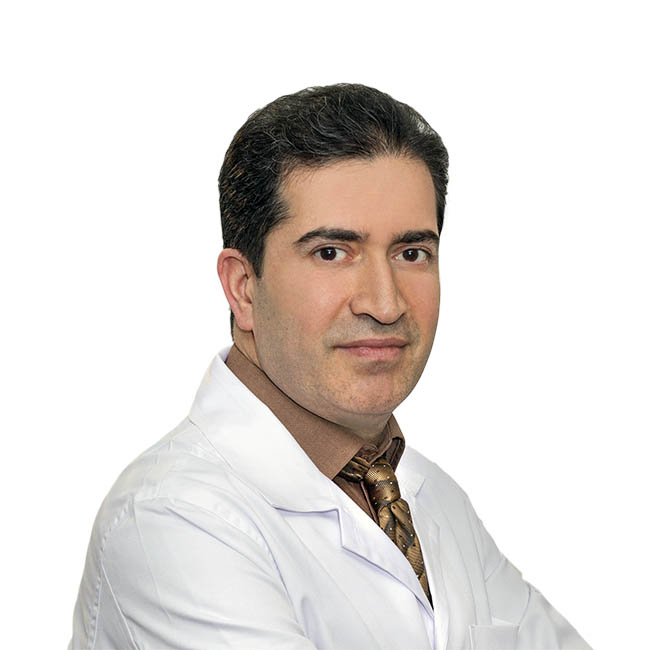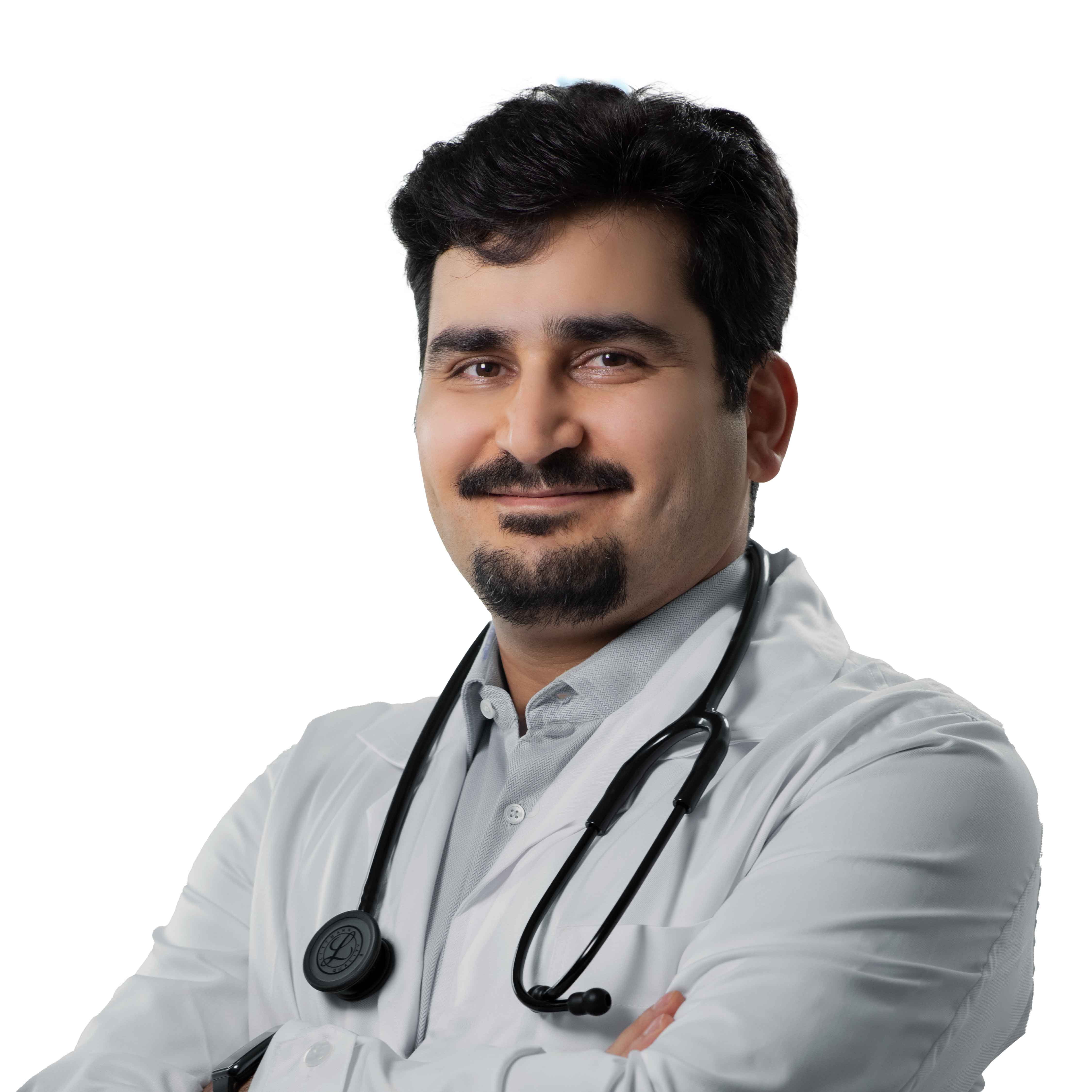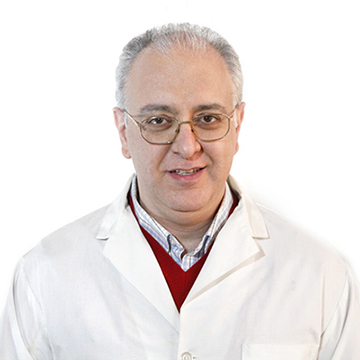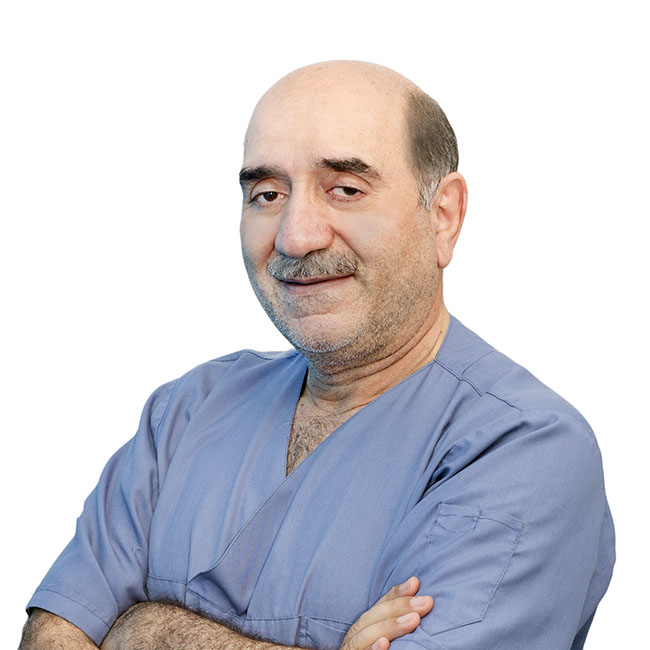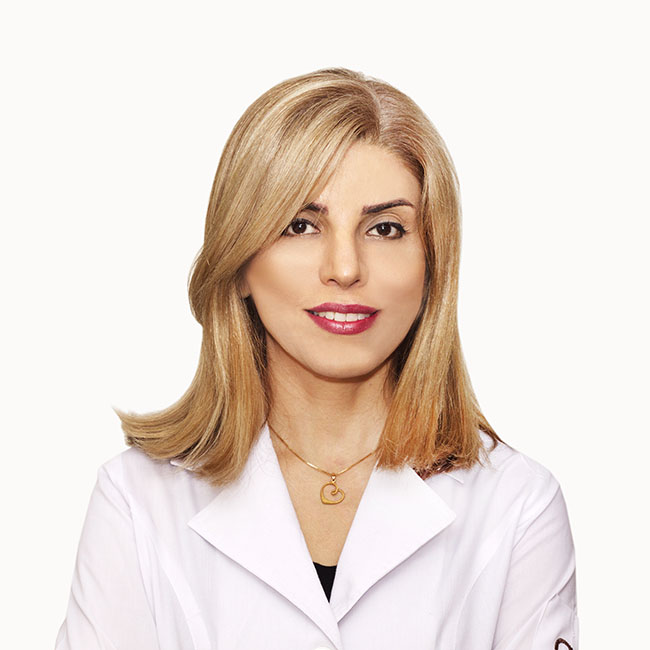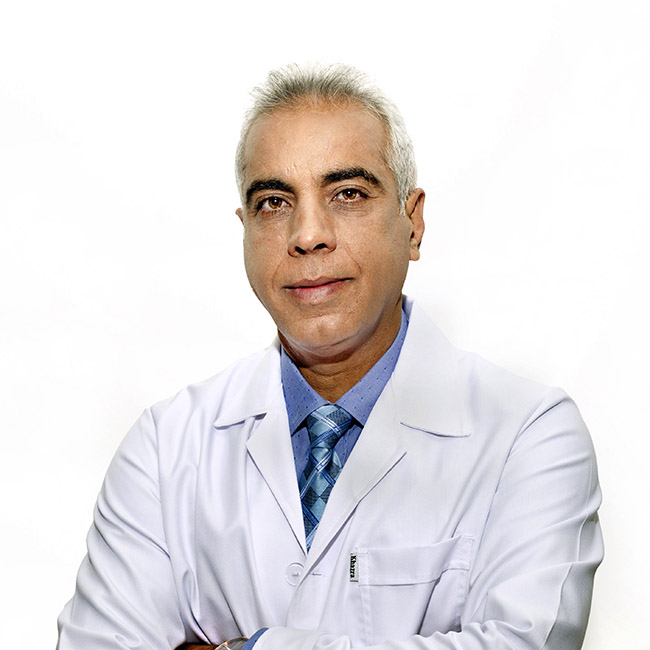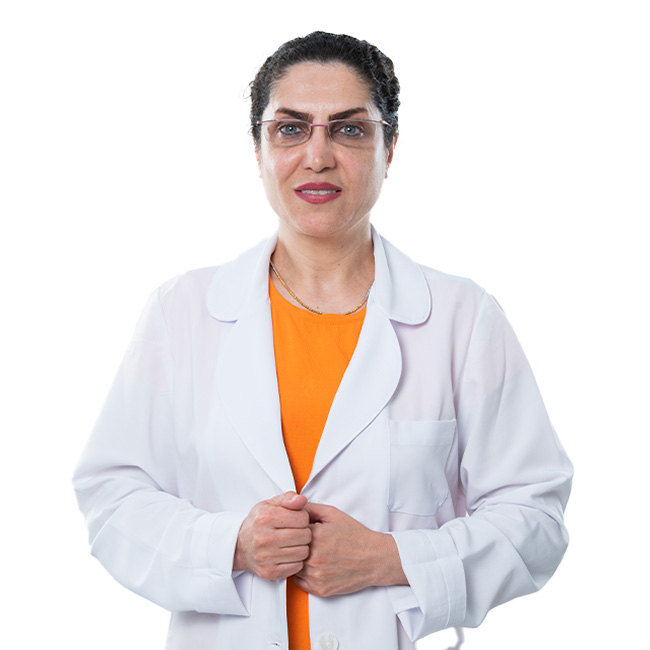TEE (Transesophageal Echocardiography)
Transesophageal echocardiography, or TEE, is a test that uses sound waves to create high-quality moving images. In this echo test, it shows the size and shape of the heart and how the heart channels and valves work.
An echo can identify areas of the heart muscle that are not contracting well because of poor blood flow or damage from a previous heart attack.
Transesophageal echocardiography can also detect possible blood clots inside the heart, fluid accumulation in the pericardium (the sac around the heart), and problems with the aorta. The aorta is the main artery that carries oxygen-rich blood from the heart to other parts of the body.
Transesophageal echocardiography
During this echo, a device called a transducer is used to send sound waves (called ultrasound) to the heart. As the ultrasound waves come out of the heart structures, the computer in the echo machine converts them into images on the monitor.
A transesophageal tube consists of a flexible tube (probe) with a transducer at the tip. Your doctor guides the probe down your throat and into your esophagus (the tube that connects your mouth to your stomach). This method allows the doctor to get more detailed images of the heart because the esophagus is directly behind the heart.
Transesophageal echo can help doctors diagnose cardiovascular diseases in adults and children. Doctors may also use this echocardiographic model to guide cardiac catheterization, help prepare for surgery, open-heart surgery, or assess a patient's condition during or after surgery.
In addition to transthoracic echo (TTE), doctors may use transesophageal echocardiography, which is the most common type of echo. If TTE images do not provide enough information, doctors may recommend TEE to obtain more detailed images.
The future vision of this eco model
Transesophageal echocardiography has few complications in both adults and children. Even babies can have a TEE echo.
Eco types
Standard transesophageal echocardiography (TEE) images are two-dimensional. 3D images can also be obtained from TEE. These images provide more details about the structure and function of the heart and its blood vessels.
Doctors can use 3D transthoracic echo to help diagnose heart problems such as congenital heart disease and heart valve disease. Doctors may also use this technology to assist in heart surgery.
Who needs transesophageal echocardiography?
Doctors may recommend transesophageal echocardiography (TEE) to help diagnose a specific condition or disease of the heart or blood vessels. This eco model can be used for adults and children.
Doctors may also use transesophageal echocardiography for
Conduct cardiac catheterization
Help prepare for surgery
Assess the patient's condition during or after the operation.
Transesophageal echocardiography as a diagnostic tool
TEE helps doctors diagnose problems with the structure and function of the heart and its blood vessels.
In general, transthoracic echo (TTE) is the first echo test used to diagnose cardiovascular problems. However, if your doctor needs more information or wants more detailed images than TTE provides, he may recommend transesophageal echocardiography.
For TTE, a transducer (a device that sends sound waves) is placed on the chest, outside the body. This means that sound waves may not always have a clear path to the heart and blood vessels. For example, obesity, scarring from previous heart surgery, or certain lung problems (such as a collapsed lung) may block sound waves.
For transesophageal echocardiography, the transducer is at the tip of a flexible tube (probe). Your doctor guides the probe down the throat and into the esophagus (the tube that connects the mouth to the stomach).
This method allows your doctor to get more detailed images of your heart; Because the esophagus is directly behind the heart.
Doctors may use a transesophageal echo to help diagnose:
Coronary heart disease
Congenital heart disease
heart attack
Aortic aneurysm
Endocarditis
Cardiomyopathy
Heart valve disease
Damage to the heart or aorta (the main artery that carries oxygen-rich blood from the heart to your body)
TEE can also show blood clots that may cause a stroke or may help treat atrial fibrillation, a type of arrhythmia.

